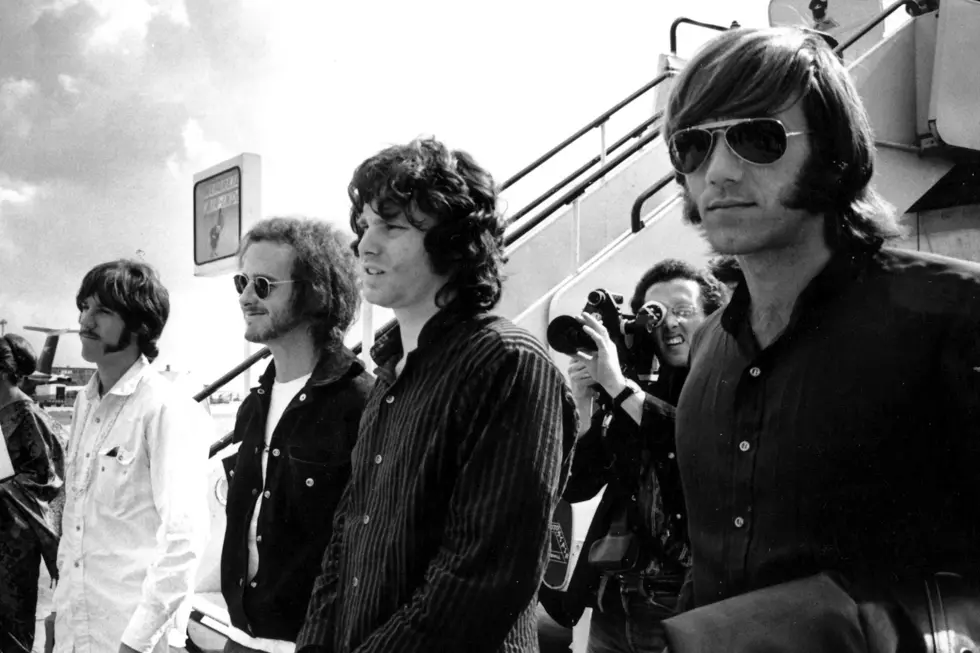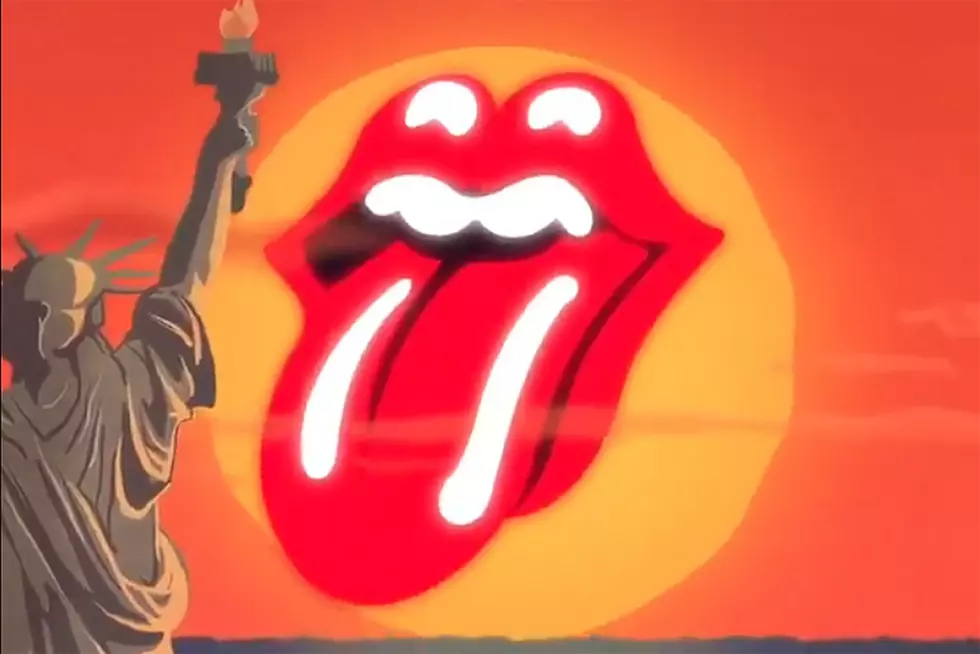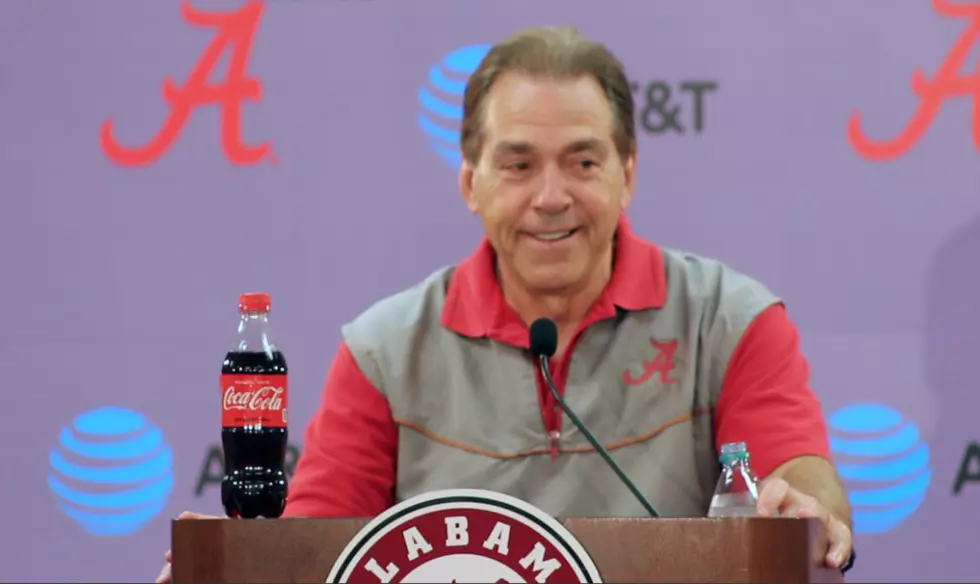
45 Years Ago: Bob Dylan’s Old Label Gets Revenge With ‘Dylan’
From his debut album in 1962 through the 1966 masterpiece Blonde on Blonde, Bob Dylan had few, if any, peers in popular music.
He wasn't simply ahead of the curve; he was creating the curve for many to follow. In those five years, Dylan went from folk darling to electric warrior, tagged with, and then shunning, any "spokesman of a generation" labels in favor of following his own path.
Following a motorcycle accident in 1966, Dylan slid out of the public eye, emerging a year later with the understated brilliance of John Wesley Harding, which went in the opposite direction of the era's psychedelic movement, and inspired other acts do the same. What came next still confuses many Dylan fans.
In 1969, he released the utterly subdued, and brief, Nashville Skyline, which goes even further into retreat mode. This was followed by the eternally puzzling Self Portrait, a double album consisting of some reworked older material, as well as odd cover versions of other people's songs, all put together in a rather ramshackle manner. “What is this shit?” critic Greil Marcus famously wrote in a Rolling Stone review.
New Morning followed and put Dylan somewhat back on track, but shortly after its release, his contract with Columbia Records was up. Feeling the company was doing less than it could, Dylan decided it was time to move on from the label he called home since the start. There were offers flying from Atlantic and Warner Bros., but after much courting, he signed with David Geffen's Asylum. It was also around this time that he severed ties with manager Albert Grossman.
His last Columbia release, Pat Garrett & Billy the Kid, was a soundtrack to a movie that featured Dylan as actor as well as the classic song "Knockin' on Heaven's Door." Columbia's response to his departure was a "new" Bob Dylan album in 1973.
Though titled simply, Dylan, it could have been called Columbia's Revenge, because the label tried to cope with the iconic artist fleeing his longtime home. The LP hit record-store shelves on Nov. 19, 1973, a mere four months after Pat Garrett & Billy the Kid. Dylan had zero input into the Dylan collection, a grab-bag of outtakes from both Self Portrait and New Morning assembled by his former label.
"Columbia has a right to release unissued material by its former employee, Bob Dylan. And I personally want to hear most of it, especially outtakes from the pivotal acoustic albums and the concert recordings," Jon Landau wrote in his Rolling Stone review of the LP. "But I can’t understand why the label has begun what will inevitably be a long series of 'new-old' Dylan LPs with rejects from Dylan’s weakest album, Self Portrait."
The album consisted of nine songs -- two outtakes from the Self Portrait sessions and seven from New Morning, none written by Dylan. Jerry Jeff Walker's "Mr. Bogangles" gets the Bob treatment, so does Joni Mitchell's "Big Yellow Taxi." There are a couple nods to Elvis Presley with "A Fool Such as I" and "Can't Help Falling in Love," but there's no real theme or consistency to the running order, or why these songs were even plucked out of the barrel.
The entire album makes even less sense considering the really good outtakes from this period that ultimately surfaced on Another Self Portrait: Bootleg Series Vol. 10 in 2013. Even the cover art is a secondhand photo, slightly altered, from Self Portrait.
Despite negative reviews, Dylan climbed into the U.S. Top 20 and reached gold status.
Bob Dylan Albums Ranked
More From ME TV FM 97.5










